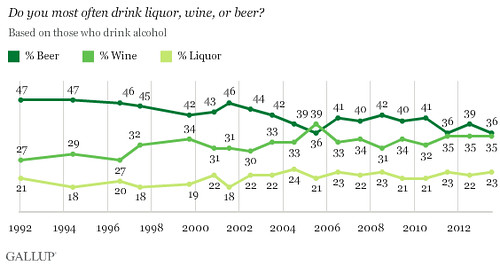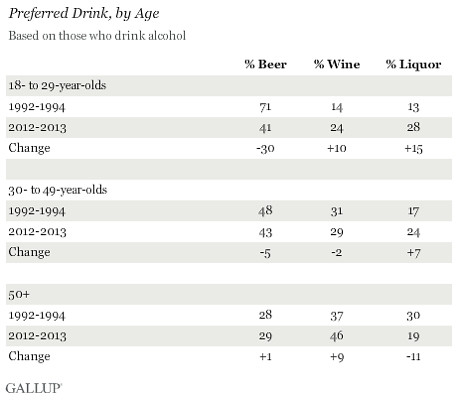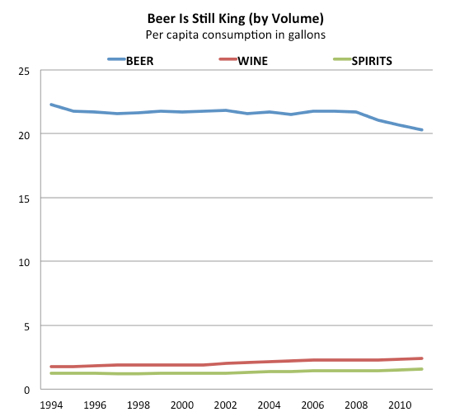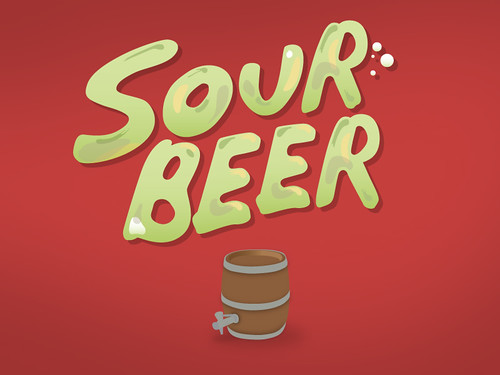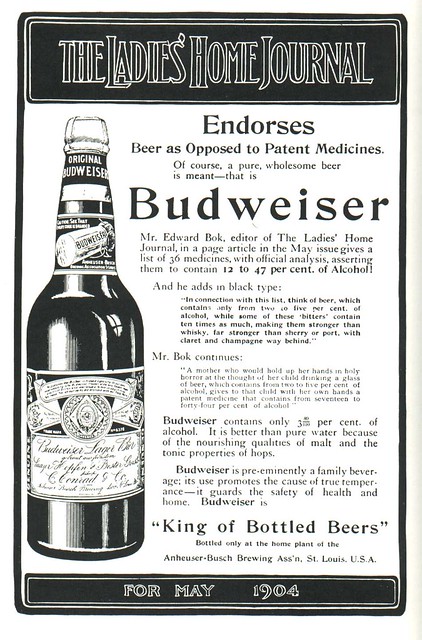
By now you’ve probably seen the news that the Spencer Trappist Brewery, America’s first Trappist brewery is selling beer, their Spencer Trappist Ale. I didn’t feel the need to write much about it since the news is just about everywhere, from the Boston Globe to L.A. Weekly, from NPR to CBS News.
But here’s one I don’t quite get. When ABC News, specifically the affiliate station out of Fresno, California, KFSN Channel 30, covered the story, they ran the headline US monks move into Trappist beer brewing business, but used essentially the same AP Story that most news outlets are using for this story. But ABC News also tagged the story with “Massachusetts,” which makes sense, and “bizarre,” which does not. Could somebody please explain to me what’s “bizarre” about this story? Other headlines in ABC’s bizarre topics include stories about devil babies, atomic wedgies and anal probes. But monks brewing beer, something they’ve been doing since the middle ages, possibly as early as the 6th century, is lumped in with what you’d normally only find in the pages of the Weekly World News when you’re checking out at the grocery store.
Maybe I’m overly sensitive, but that seems like beer getting a slap in the face to me. It was probably just some ignorant intern who didn’t know what to do with the story and didn’t want to have to think about it very much, and so just threw it in the catch-all category. But surely this story should have been characterized differently. Is that really too much to ask?
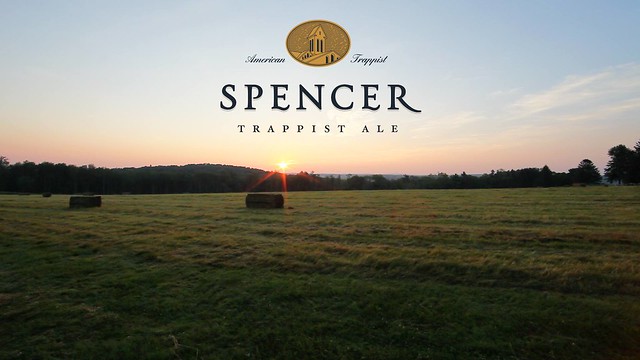
You can also see additional photos at their Facebook page. And below is a video of the Spencer Trappist monks from St. Joseph’s Abbey.
A day in the life of a monk at St. Joseph’s Abbey from Spencer Brewery on Vimeo.


